From a Window on the World”: 35 Years of Secret Stories and a Commitment to “The Best Scenery
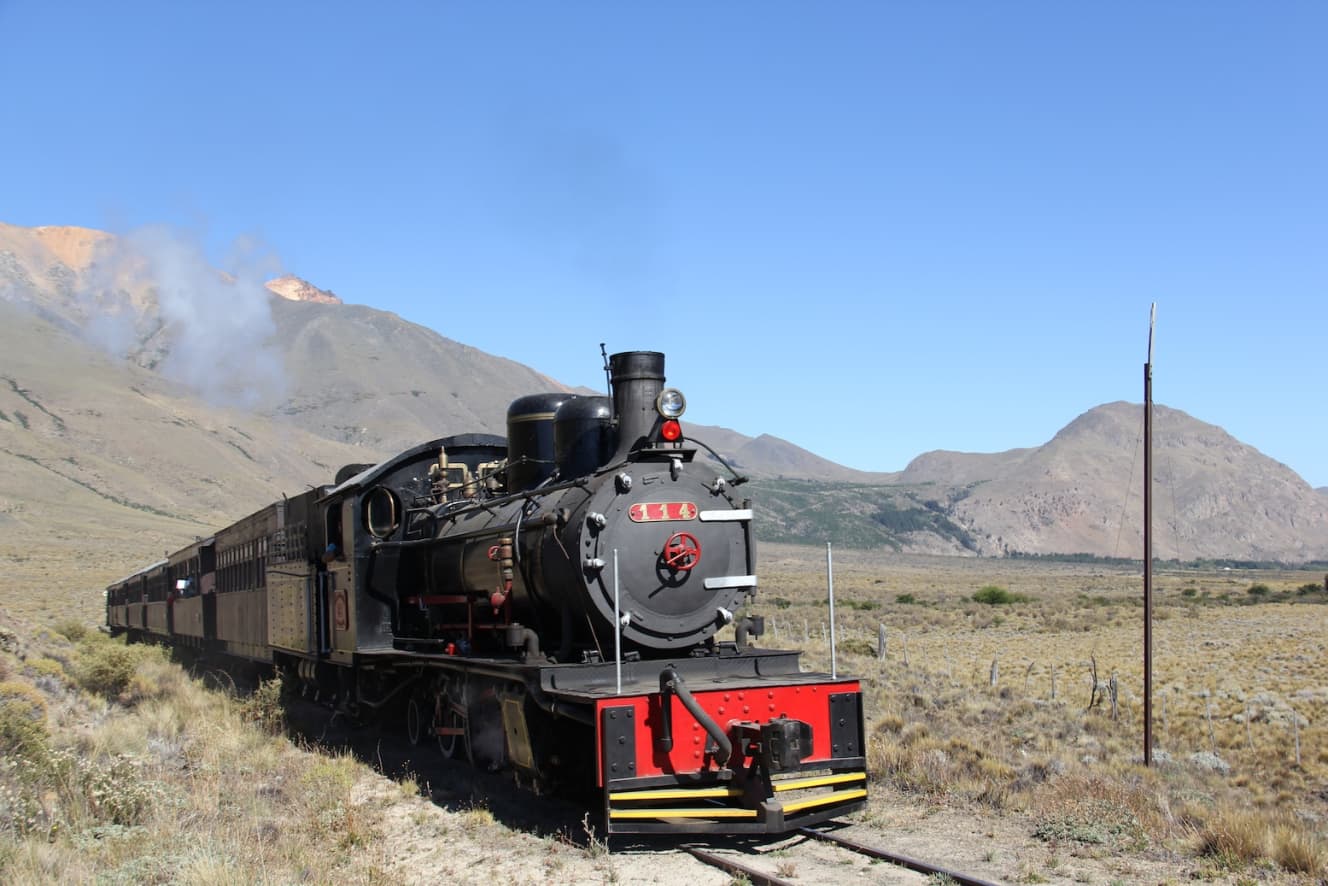
Suddenly, can you name 106 countries? It may be quite difficult.
The “legendary railroad program” that has covered railroads in 106 countries and has been broadcast 10,727 times as of the 7th of this month is “From the Window of the World” ( TV Asahi, 11:10 p.m. every Monday and Tuesday (in the Kanto region)).
Just hearing the name of the program, many people may start replaying the theme song in their heads.
Long-lived programs always have “interesting and secret techniques and particulars” that they have developed over the years.
It will soon be 35 years since the program started broadcasting in June 1987. When I interviewed the producer of this “legendary railroad program,” he told me many interesting episodes that even I, a TV person, could not have imagined.
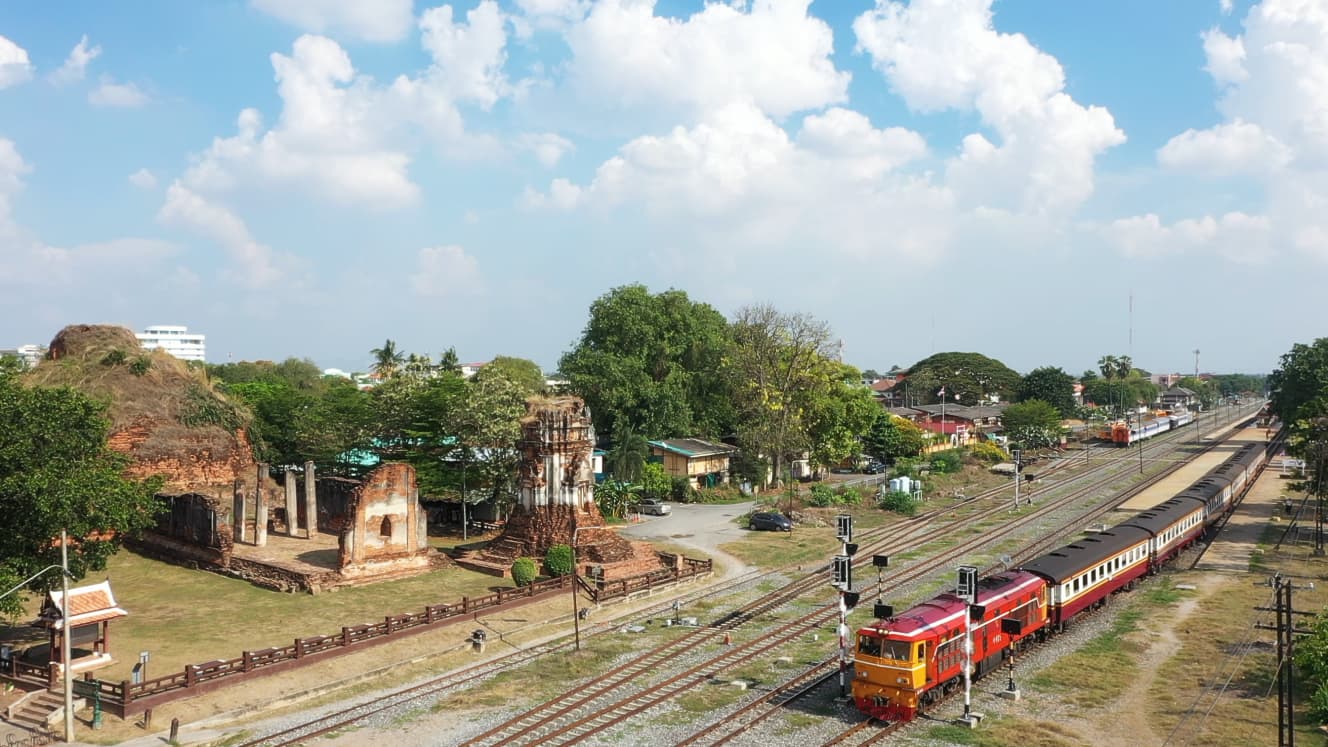
The interview was answered by Kumi Mizutani, producer of Telecom Staff Corporation, which is in charge of the production of “From a Train Window in the World”. As a TV person who is also a railroad enthusiast, I asked her about what she was most concerned about.
I asked him what he was most concerned about. “It’s very difficult to get permission to film trains. They are sometimes classified as military secrets. …… Is there any country where you have not been able to film?”
There is a reason I asked this question. In fact, I myself have had a very difficult time filming railroads in the past. It may not be obvious to the average viewer, but railroad companies rarely give permission for filming.
Even the Japanese railroad companies that everyone uses every day rarely allow filming inside stations or trains for reasons such as “safety” or “inconvenience to customers.
Producer Mizutani smiled and said, “You know very well.
We have filmed in most of the countries where there are railroads and filming is possible. Of those countries, North Korea, Colombia, Algeria, and Nigeria are the only ones that come to mind that we have not filmed yet.
As you mentioned, I have occasionally been interrogated by the police on the grounds of military secrets, and more than 20 years ago, I was reported for filming a bridge in a Central Asian country. Generally, countries in the former Soviet Union are very strict.
So I always bring a photo permit when taking pictures. Even so, I was once reported for filming on the side of a railroad track because someone thought I was suspicious, saying, ‘There’s an Asian guy with a black lump in his hand doing something.

Even if they are not reported, it is very difficult to “wait” by the tracks in countries with few trains to photograph them.
In South America and Africa, there may be only one or two trains a week, and they sometimes have to wait three days in places where there are no restrooms or places to buy food.
For this reason, the film crews always go on location with outdoor gear and dress as if they were going mountain climbing.
Hotels are not decided in advance, but sometimes they find a place close to the filming location and “jump in” and stay there. Lunch was often prepared in a lunch box at the hotel, but sometimes he would bring a simple pot to cook his own meals.
I myself was once waiting for a train in the middle of nowhere in Argentina, and a local came up to me and offered me tea and food. Experiences like this make me very happy.”
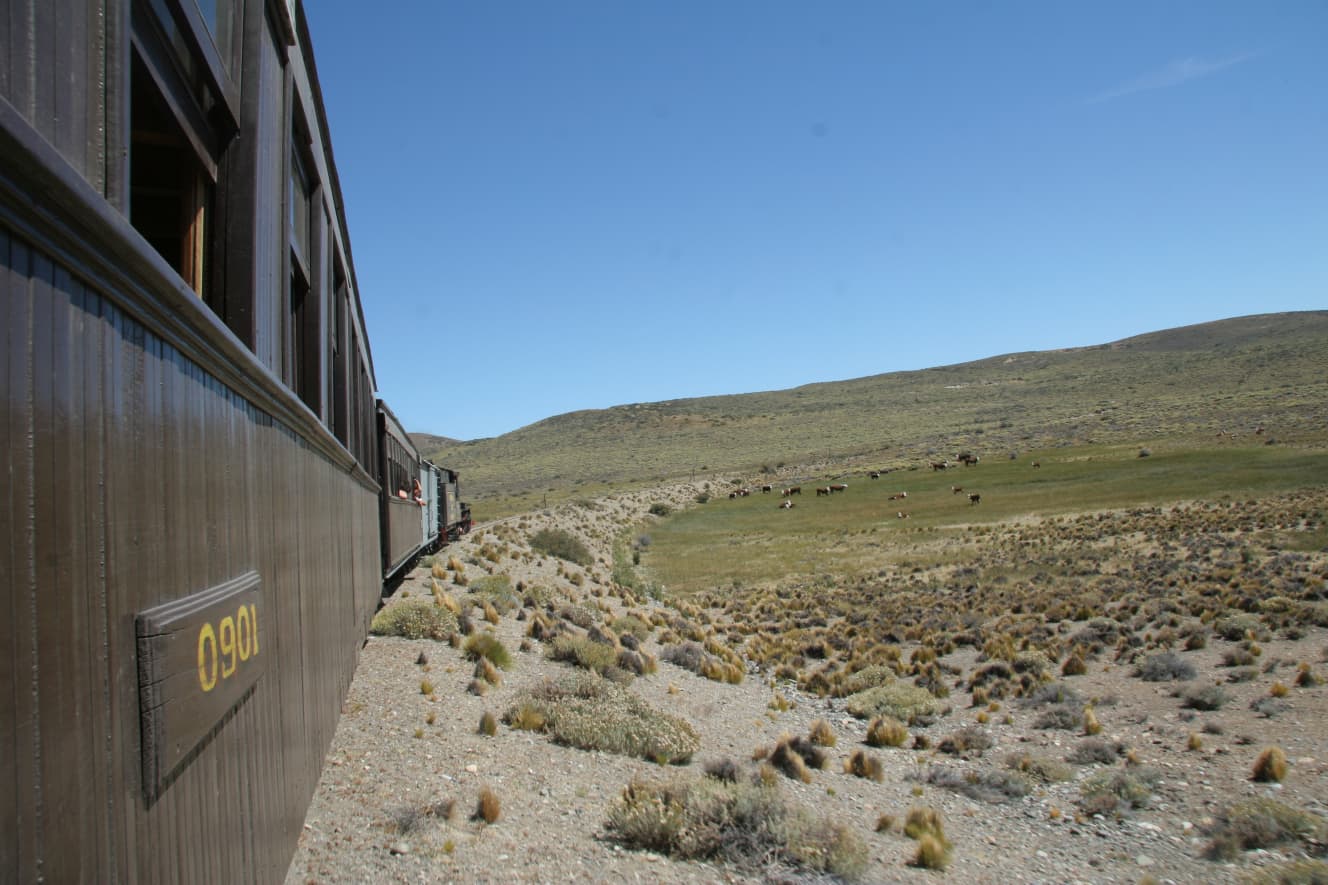
The duration of one location shoot was about three weeks. The filming team was basically five people before Corona. The director, cameraman, and VE (video engineer) were from Japan. A local coordinator and driver would join them.
The key person in the filming is actually the driver,” reveals producer Mizutani.
In principle, a single train is filmed from three perspectives: inside, outside, and in the air. Because of the large amount of equipment, it is not possible to bring all of it onto the train. And due to the nature of filming, they have to move from one place to another. The film crew will carry only the equipment they need, and the rest will be loaded into cars and “run alongside the train.
The driver’s knowledge of the land is most important. Experienced drivers would “find the best spots to take photos alongside the train,” he said.
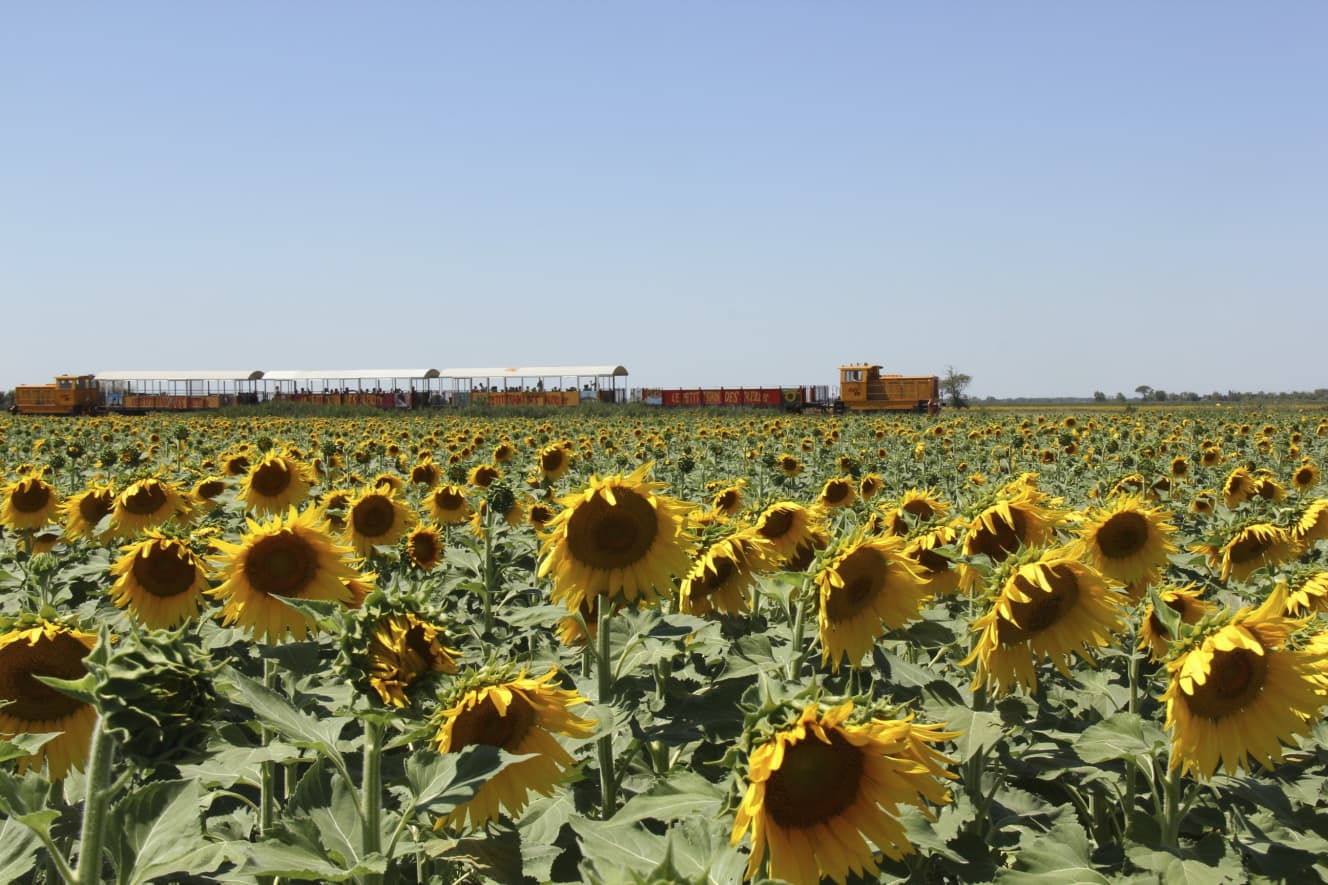
Equipment has become lighter, hasn’t it? Hasn’t it become much more convenient? Producer Mizutani gave a surprising answer, “In that sense, the most convenient equipment may be Google Maps.
The “shooting points” were found by the driver and by the crew while riding the train. The key to the success or failure of a photo shoot is how efficiently the crew can visit these points, and the advent of Google Maps has dramatically sped up this communication.
In the past, when he arrived in a country, he would first buy a map and timetable of that country, and then look at them to get an idea of where to go.
However, in some countries, maps are sold only vaguely, and local drivers and Japanese crew members have different senses of “far” and “near. Under such circumstances, it was quite difficult to tell them exactly where to go.
My sense is that overseas filming is always fraught with problems, but this program has been blessed with excellent coordinators and excellent drivers, and has never had any major problems or accidents.
I have only had one experience: in Ghana, the train I was on derailed, and I had to walk to a nearby village with my equipment and luggage, and on a tourist train in Brazil, my tripod fell off the train during a big jolt.

In the sense that “equipment has become lighter due to technological advances,” it seems that this has not benefited the program as much as other programs. Therein lies the “obsession with image quality” peculiar to this program.
The “quality of the picture” that is unique to this program has not changed much since the program’s inception.
As the program title “From a World Car Window” implies, the program is about presenting the scenery seen from the world’s car windows as it is. We just want to show you the most beautiful scenery of the best season of the place in the most beautiful picture quality.
He rarely uses mini-cameras such as GoPros, which are now commonplace in the TV industry. The director does not use what is known in the industry as “D-Digital,” which is footage shot by the director. Drones have also not been used very often, partly because it is difficult to have them run alongside the train.
Instead, the cameraman shoots with a high-performance camera, and a helicopter is flown in for aerial shots, as in “one location, one aerial shot. This is how the high image quality that invites travelers’ emotions is achieved.
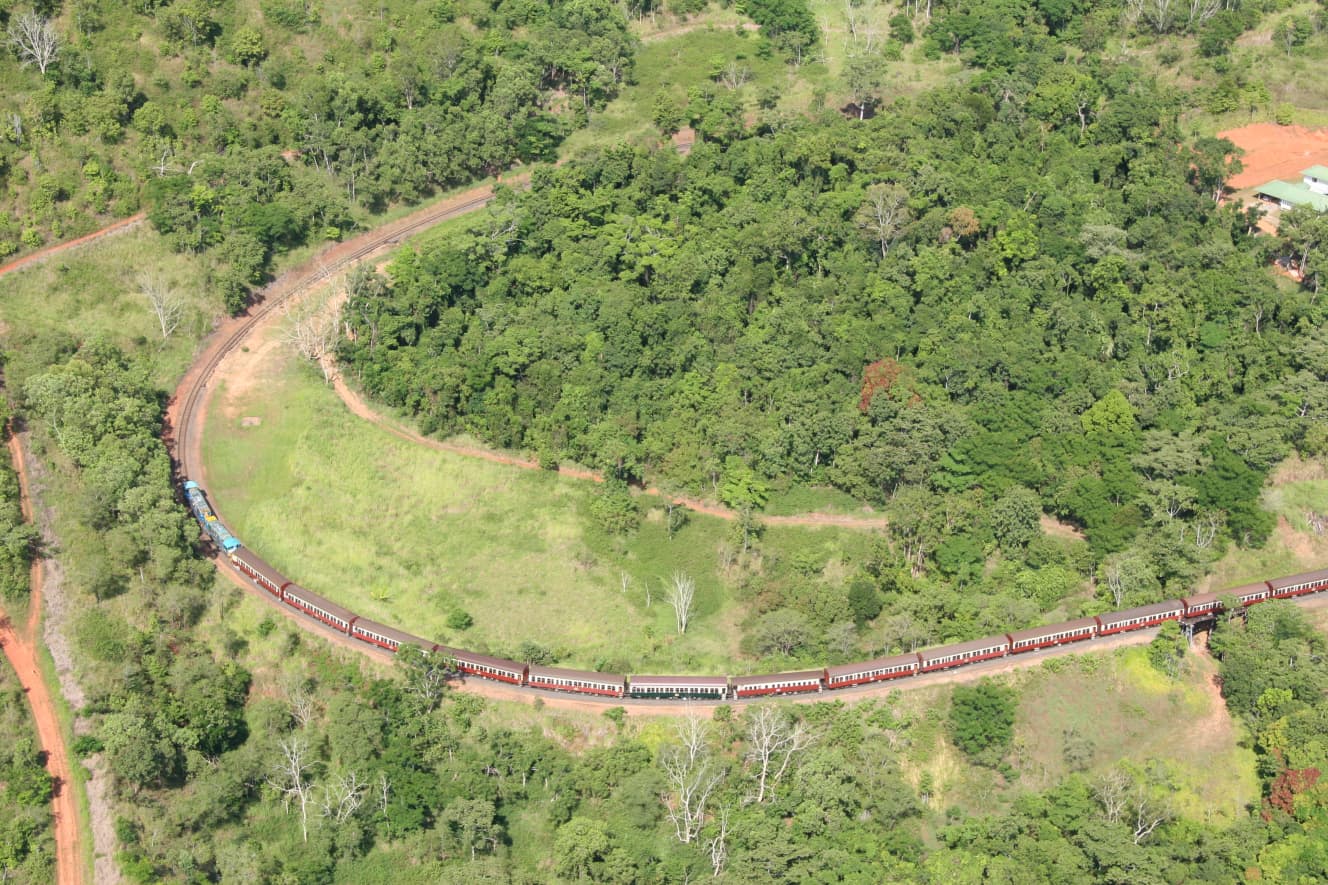
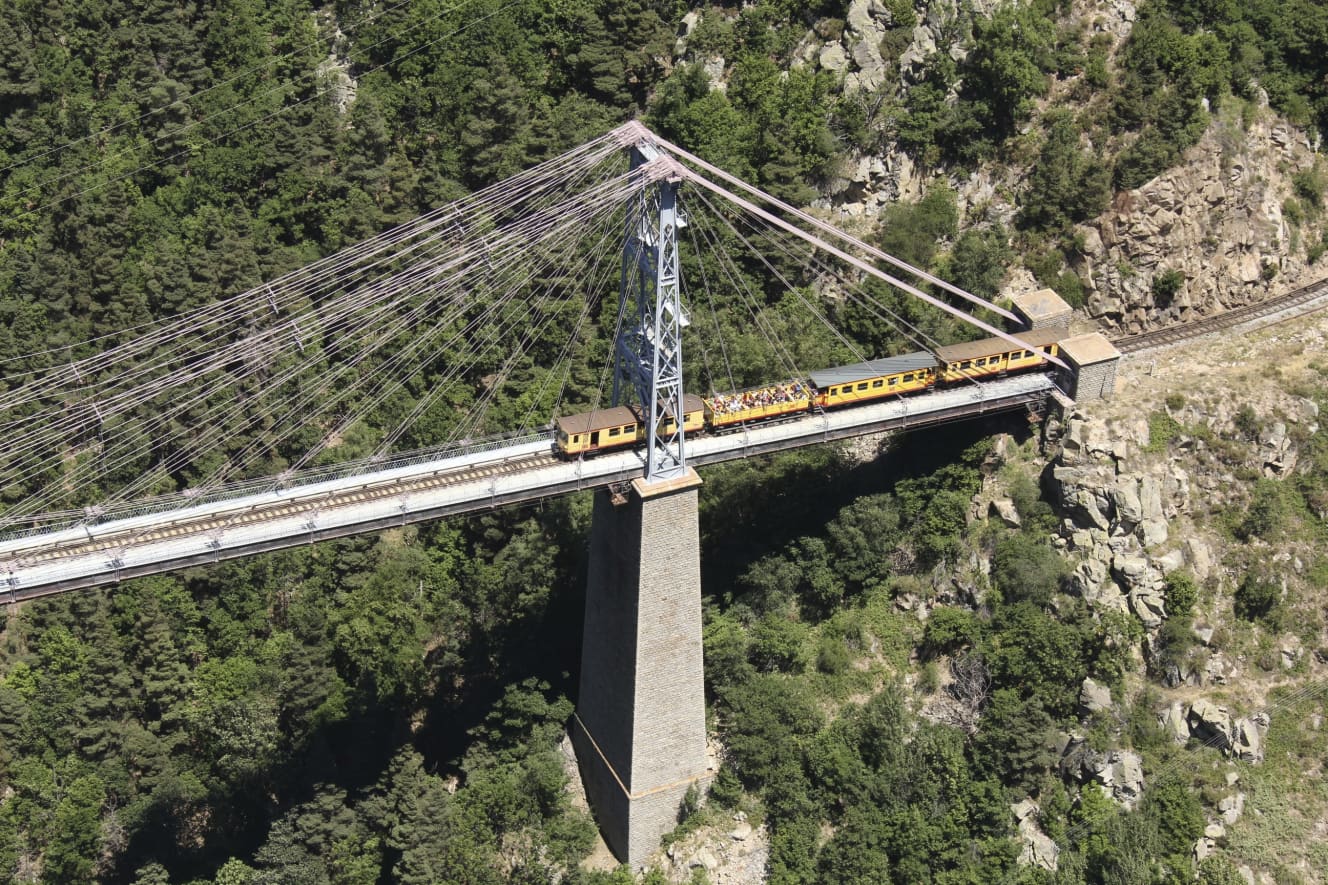
The expressions on the faces of the locals at the station and on the train are wonderful. When I asked him if he had any tips, he replied, ” Shoot first, then ask permission to shoot,” and “Shoot from a distance first, then gradually move closer to capture the natural expressions of the people.
He is not only particular about the “images” but also about the “sound. He is also particular about sound.
Usually, music for TV programs is selected by a “sound effects man,” but for “From a Window on the World,” the director of “From a Window on the World” uses sound source CDs that he bought on location and processed the rights one by one. It is quite rare for a program to go through such a troublesome process.
The narration read by Kenjiro Ishimaru is also written by the director himself, based on what he saw and felt in the field, rather than by a broadcaster. I believe that this kind of attention to detail allows the “local atmosphere” to be conveyed directly to Japanese audiences.

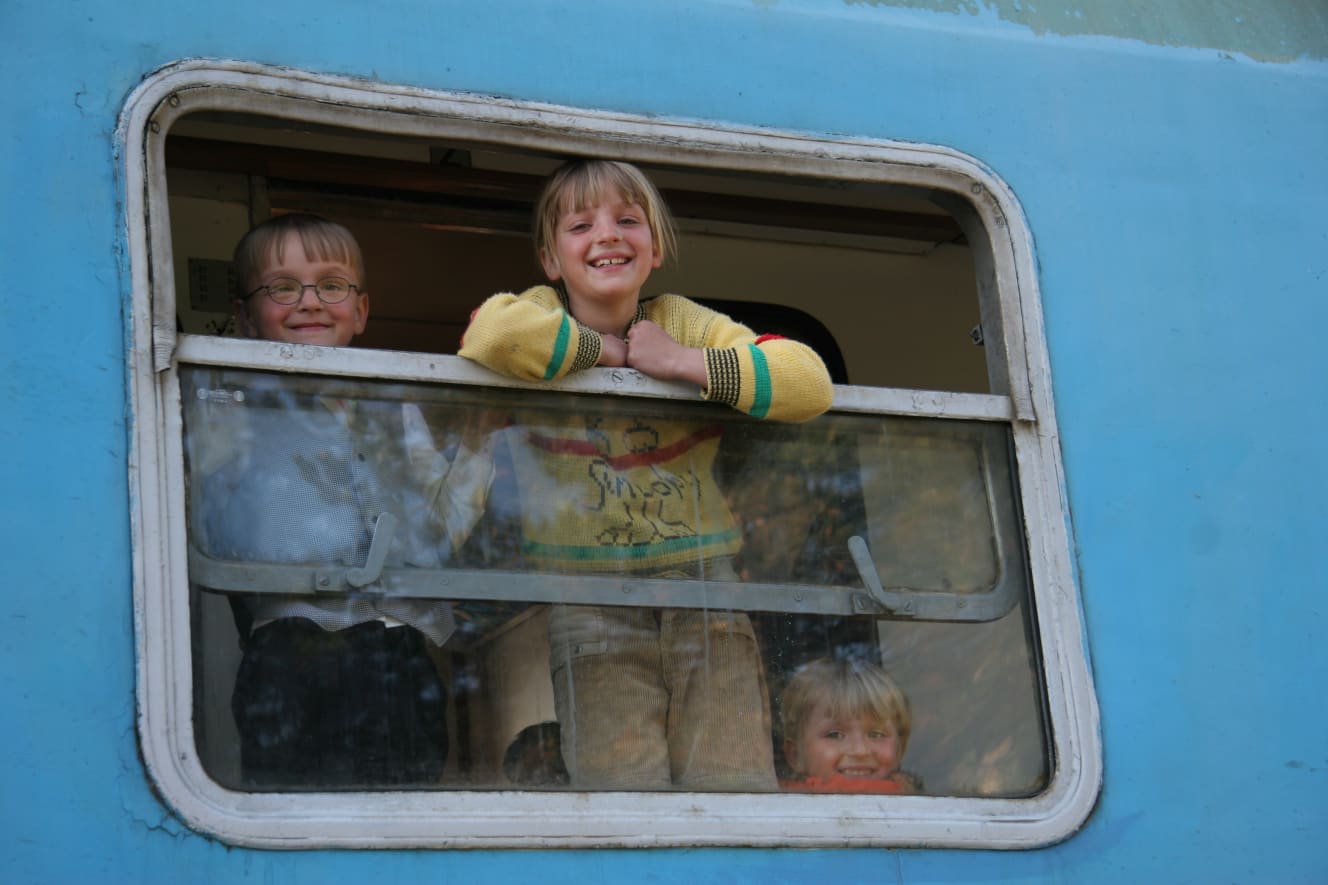
The recent Corona disaster seems to have been the “biggest pinch” for “From a Train Window on the World,” the “legendary long-running railroad program.
Unable to cover foreign countries, the program had to make do with a year and a half from June 2020 to the end of October 2021, and had to make do with re-editing and broadcasting past programs as the “Best Selection”.
Currently, they are resuming new filming “remotely” by asking overseas cameramen and coordinators to shoot, but it is still a trial-and-error situation.
Remote filming is difficult,” he says. I realized the importance of the director.
I think the selling point of our program is “the fun of discovering things that are not in the guidebooks,” but that is something that the director discovers with the Japanese sensibility. From the point of view of a person living in the country, it is a little different.
In the past, we would go to a place without a plot or script and shoot there, but we changed our mind and tried to make a script in advance and ask the local people to help us, but… the result was something different from our image. It was just too deliberate. It’s still a process of trial and error.
However, in order to make the best selection, I reviewed the old programs again and was able to realize once again how good the programs are. Now that we have started distributing them, I hope everyone will enjoy watching them.”
I am sure that many people are feeling stressed about not being able to travel abroad even if they wanted to due to the Corona disaster. Now is the time to watch “From the Window of the World. If you can feel the “hardships of the TV people behind the scenes,” I am sure you will enjoy the show from a different perspective.
As a TV person, I am very much looking forward to seeing what kind of “new world windows” “From a Train Window on the World” will show us through trial and error in the future.
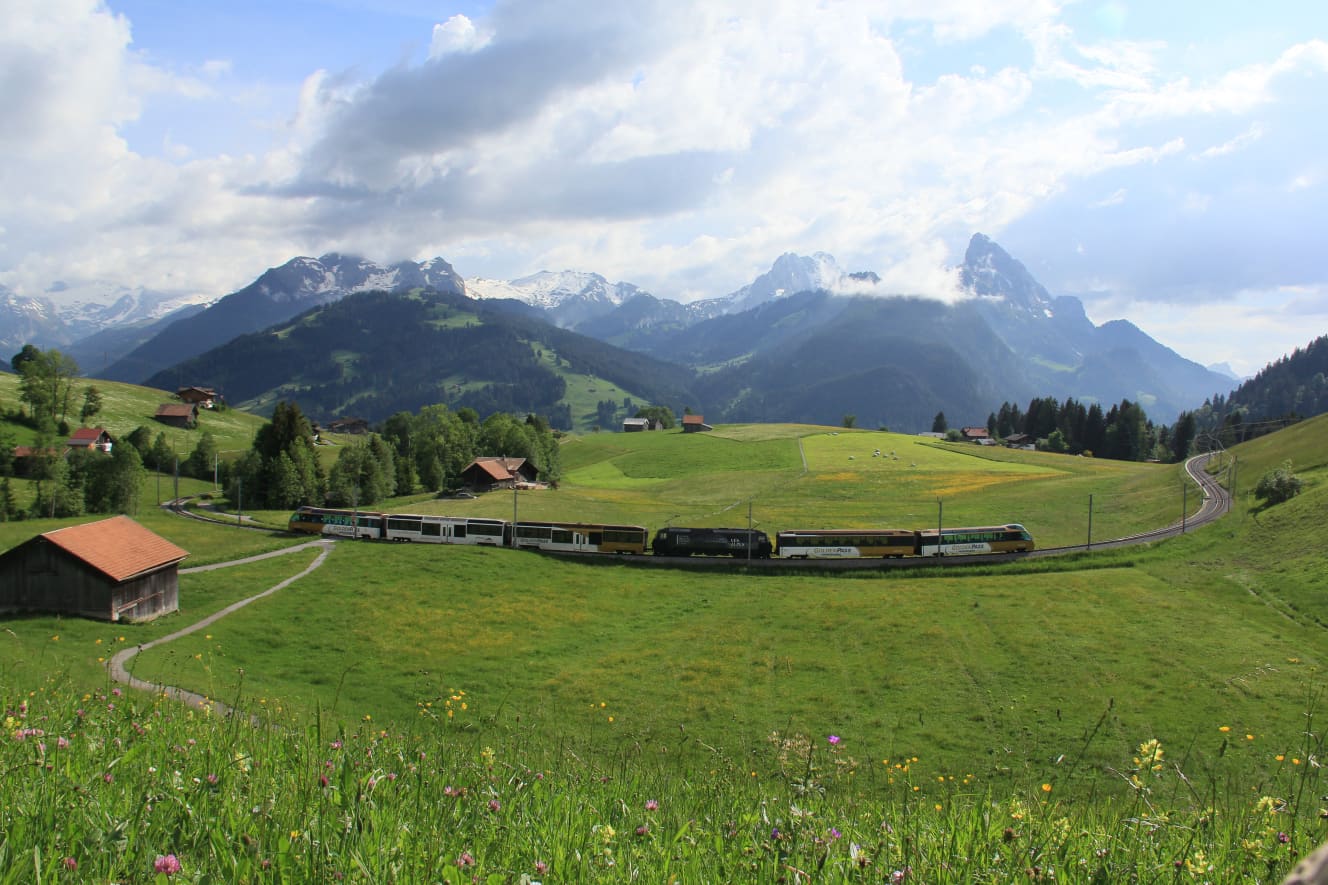

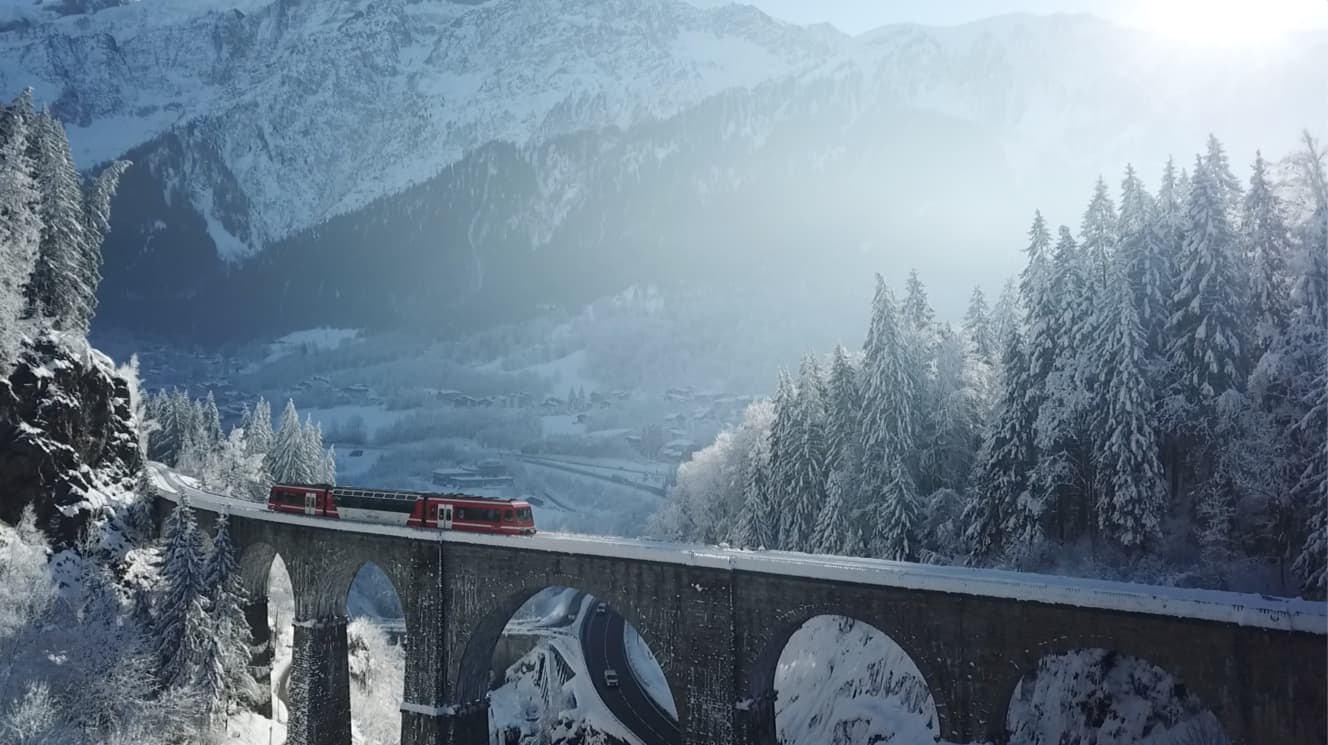


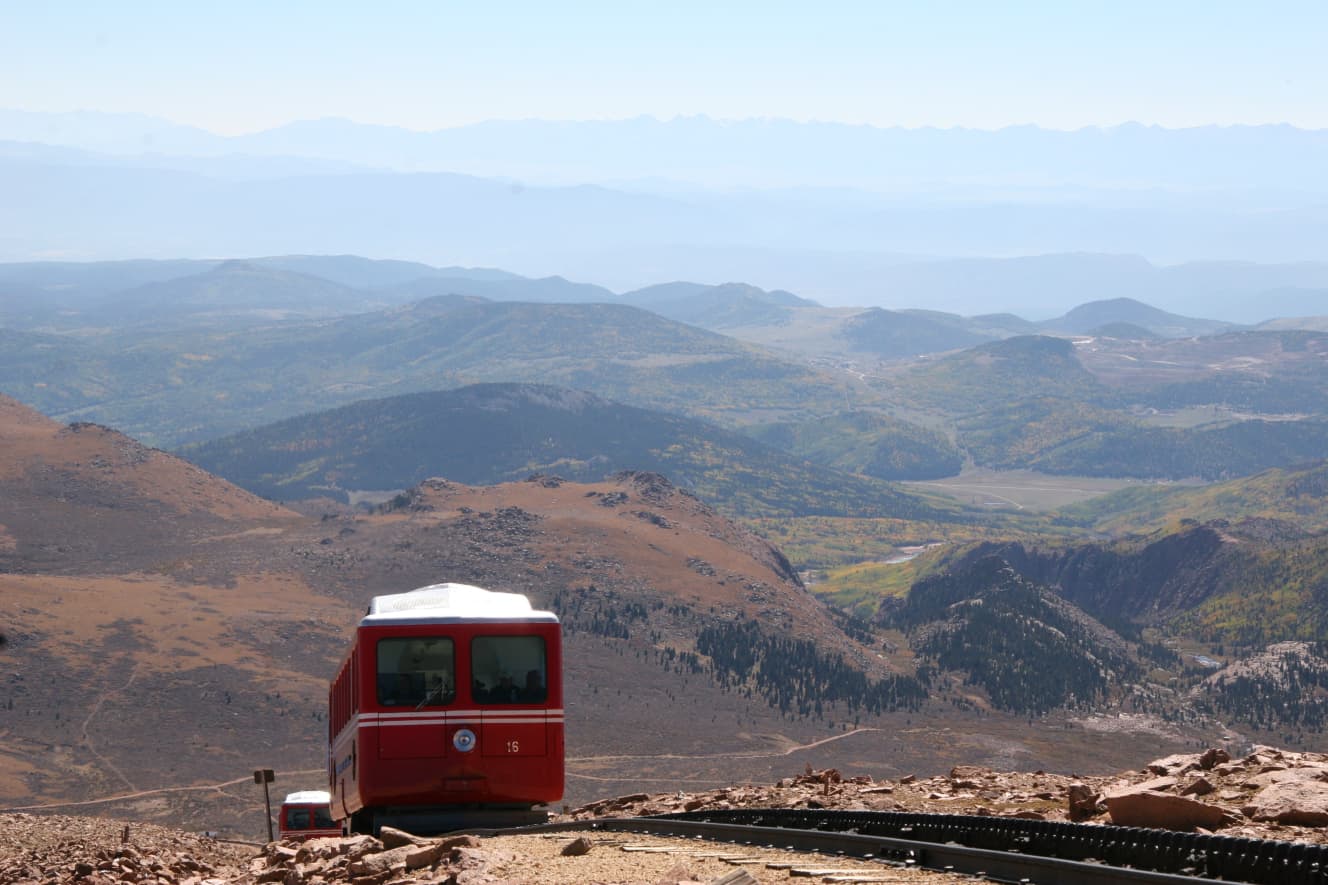
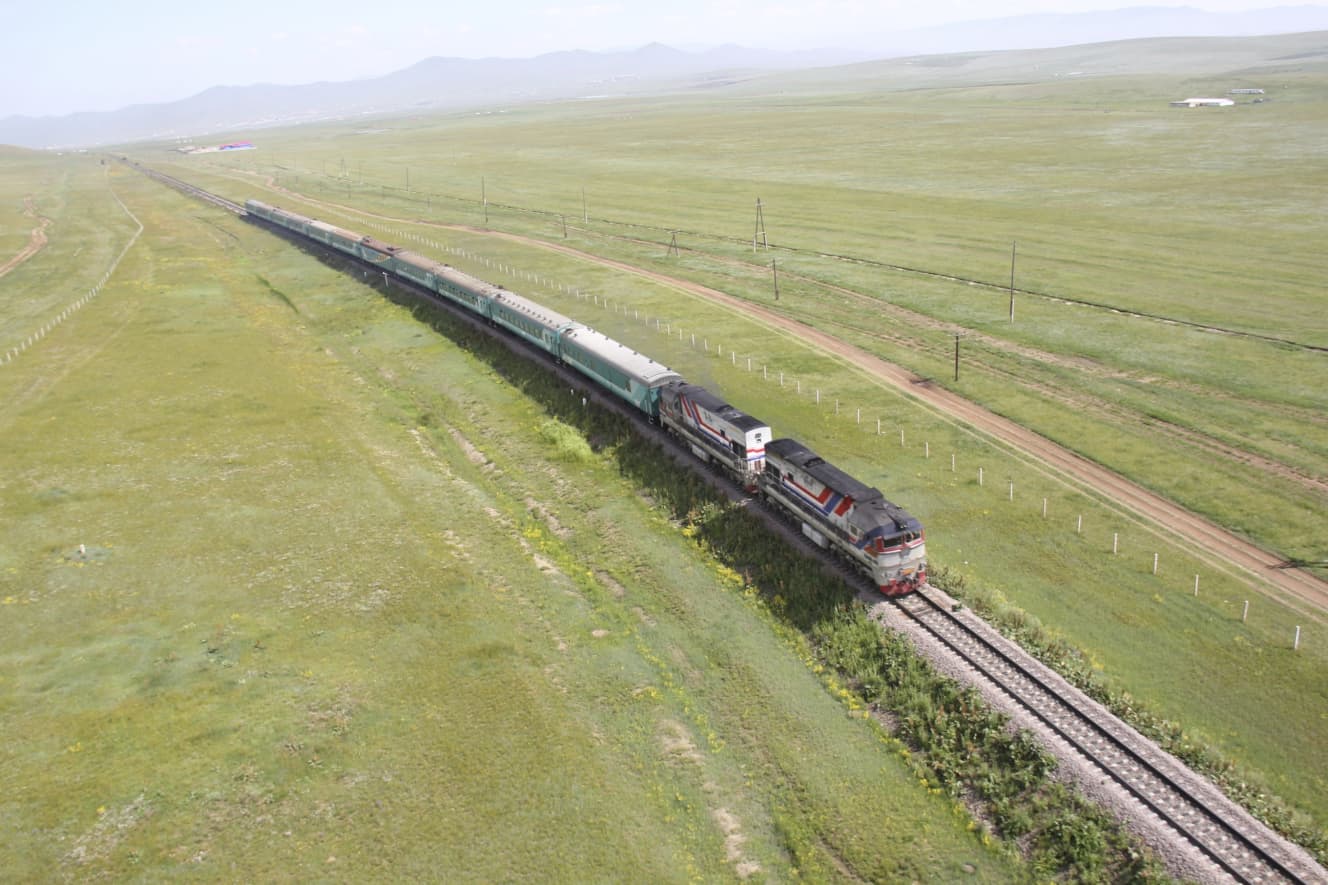


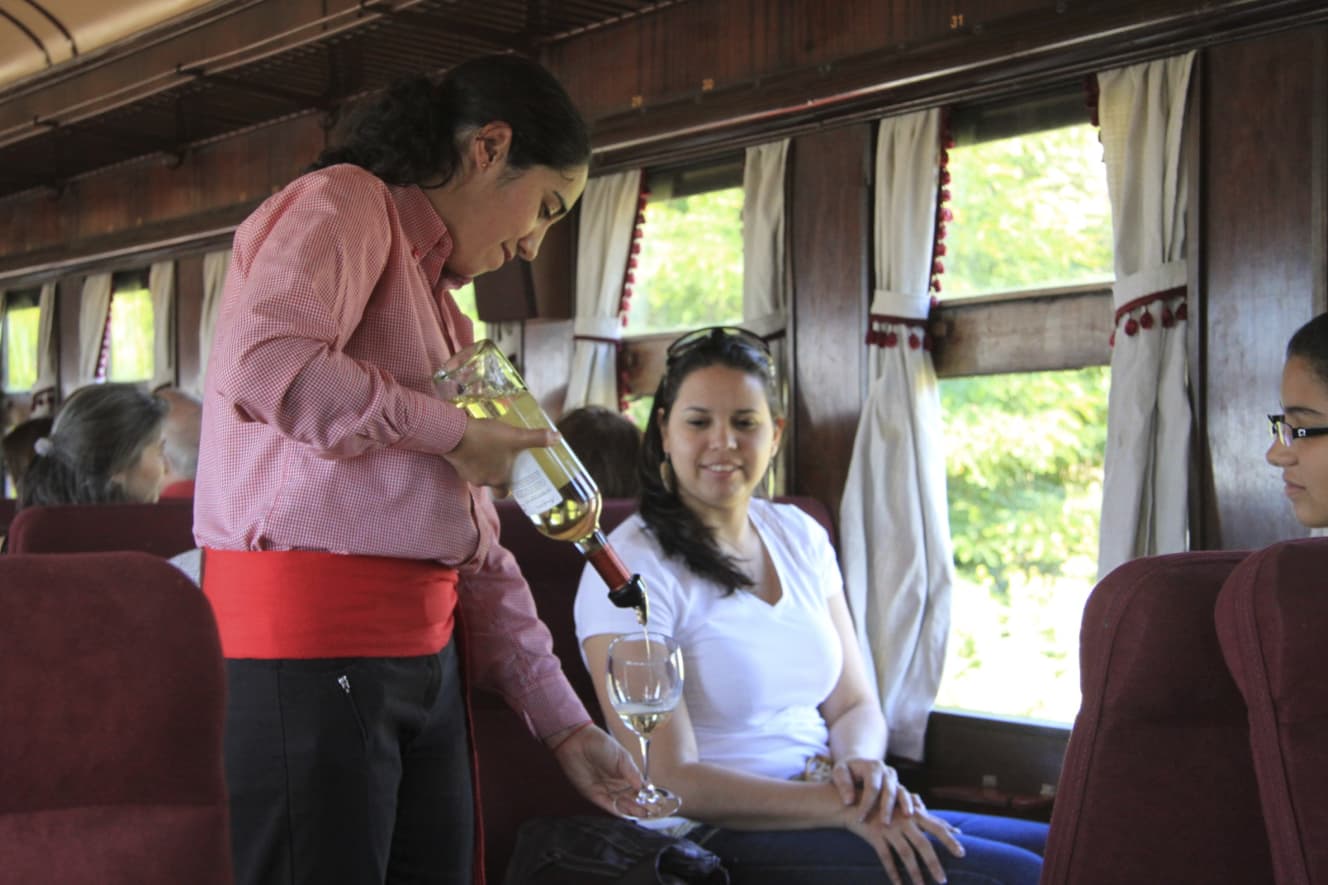
Interview and text: Hiromichi Chinmoku / TV producer and writer
Joined TV Asahi in 1992. After covering the Great Hanshin Earthquake and the Aum Shinrikyo cult as a reporter in the Social Affairs Department, he worked as a director for Super J Channel, Super Morning, and News Station before becoming a producer. He has covered many overseas events, including coverage of China and the Korean Peninsula and the terrorist attacks in the U.S. He also launched the ABEMA service. He also participated in the launch of the ABEMA service. In August 2019, he became independent and is active not only in broadcasting programs but also in various media. He is a part-time lecturer at Edogawa University and an instructor at MX Television Visual Academy. As a member of the Society for Public Communication, he studies local media and has researched and written articles on face-framing panels as his life's work. His recent books include "Dramatically Increase Access and Registrations! Video Production: 52 Professional Tricks" (Nihon Jitsugyo Shuppansha, Ltd.)
Photographs provided by: Telecom Staff, TV Asahi